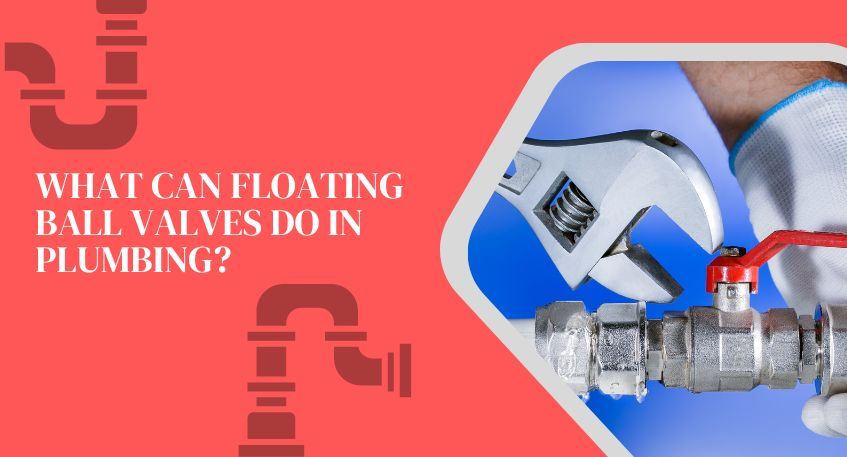
The flow of liquid and gas in various industries relies on the right pipes and valves. Not using the correct type of components can cause problems later in the form of physical and financial damage. This creates a sense of using the most accurate type of valves, where a floating ball valve is also suitable for it. In addition, a provider of floating ball valves has to produce a large number of valves to meet the demand. This high demand is the result of output, which is given by these productive valves. There are some ways of understanding their productivity level, and we found five of them for you. Plumbers, industrial users, and retailers can complete the objectives for a leak-proof and safe flow of liquid and gas in the different sectors.
Some valves have two-way options and some are only one-way valves. It depends on the need of users. In floating ball valves, you can find only one direction for the flow of liquid and gas. However, it makes it distinctive from others with limited applications. With simple application and control, a floating ball valve can keep the flow of liquid and gas in one direction without any error. It normally works for industries, where one-directional flow is required. The right valve for the right job is preferred to save costs and resources. That means the users will also have ease in maintenance because the wear and tear will be one-sided mostly.
To keep stability in the valve, the ball plays a central role. It is installed in the middle to manage the pressure of liquid and gas. Ball keeps the pressure stable by managing itself as per the pressure of liquid and gas. Whether you use it for liquid or gas, it can firmly control the flow. The ball rotates inside the chamber to manage the pressure of liquid or gas. If the pressure is low, the ball starts to float upwards. If the pressure is high, the ball sinks inside the water to stabilize high pressure. The movement of the ball inside the chamber is rotational-based, mostly up and down.
When there is an involvement of a ball or something rotational inside the chamber of the valve, the chance of friction occurs. This friction can not be completely eliminated but can be reduced. Likewise, the floating ball valve has a spherical ball attached inside the chamber, which lies close to the seats. The friction between the valve’s seats and the ball is normal, but it is better in floating ball valves. This reduced friction lets the valve’s seats work further longer without much friction. The reason it has lower friction in it is the function of a rotating ball. It remains close to the seats but does not get much friction. Frequent rotation helps it remain stable.
The pressure depends on the grip, which is provided by the stem nut. It holds the pressure on the floating ball to let the liquid flow or stop. The handle works to hold and release the pressure, which is supported by the stem and the spring under it. This works to close the valve amid the flow of high-pressure liquid. Likewise, the leakage of water or gas does not occur because the ball holds the pressure on it. This makes it suitable for domestic and industrial applications for one-way flow.
The problem with some valves is they lose pressure because of their redundant designs. However, the floating ball valves are very efficient in this matter. This design helps them maintain the pressure of liquid and gas without the least chance of pressure drop. As a result, the pressure drop does not cause much difference between the inflow and outflow. The outflow is almost equal to the inflow, which is a good sign for users. In this way, using them will be the right move. It is another factor in determining the efficiency of these valves. If a valve provides high efficiency in pressure rate, that is the one you need to go for. What you need to avoid is thick liquids, which can cause a blockage in the ball’s movement. Slurries and gels are not suitable for ball valves of any type because they choke down the passage.
These five factors contribute to the success of floating ball valves in the industry. Users of different fields where the piping and plumbing system are the foundation of the supply chain can find relief through floating ball valves. These valves are suitable for industries of dairy, food and beverages, chemicals, pharmaceutical products, etc.